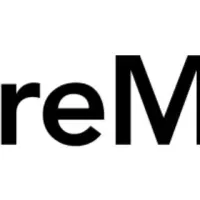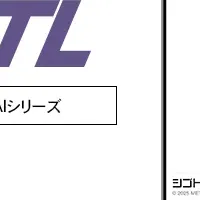
The Hardware in the Loop Market: A Growth Journey Towards $1.38 Billion by 2030
The Expanding Hardware in the Loop Market
The Hardware in the Loop (HIL) market is on an impressive growth trajectory, with projections indicating that it will reach USD 1.38 billion by 2030. According to a comprehensive report by The Research Insights, this market, valued at USD 735.7 million in 2024, is expected to grow at a compound annual growth rate (CAGR) of 11.1%. This growth can be attributed to the increasing demand for sophisticated testing methods across various sectors, including electric vehicles (EVs), autonomous systems, aerospace, and industrial automation.
Market Dynamics
The rapid expansion of the HIL market stems from the pressing need for effective and accelerated validation processes for complex embedded systems. Traditional testing methods are often inadequate due to the rise of sophisticated technologies requiring faster and more cost-effective validation solutions. HIL systems meet these demands, allowing for accurate simulations of real-time scenarios, which are critical for the development of safety-critical applications such as anti-lock braking systems, autonomous navigation modules, and avionics systems.
Technological Advancements and Sector Growth
The integration of digital twin technology with HIL systems has played a significant role in enhancing its adoption across industries. Digital twins allow for the precise simulation of complex systems, making HIL testing an invaluable tool in sectors such as automotive, aerospace, and energy. The ability to combine HIL with artificial intelligence and machine learning algorithms further augments the validation processes, enabling predictive testing capabilities that align closely with modern development practices. As industries strive for quick product development cycles, the demand for HIL systems continues to rise, particularly among sectors that can't afford the risks associated with physical prototypes.
In addition, industries characterized by stringent safety and reliability requirements, such as defense and railways, have started applying HIL technologies to facilitate risk-free testing environments. This trend has made HIL increasingly appealing to manufacturers aiming to develop products more swiftly and efficiently while reducing capital costs.
Sector-Specific Insights
The automotive and aerospace sectors are at the forefront of driving the HIL market's expansion. In the automotive sector, the shift toward electric vehicles and advanced driver-assistance systems (ADAS) necessitates the adoption of HIL systems to ensure proper testing and validation of embedded electronics. Additionally, in aerospace applications, the need for continuous validation processes for avionics systems has further heightened the demand for HIL solutions.
Geographical Trends
Currently, the North American region holds a substantial share of the HIL market, accounting for approximately 33.6% of total revenue. The automotive industry within this region is significantly dependent on HIL systems for vehicle development, supported by leading aerospace and defense companies like Boeing and Lockheed Martin, which continually adopt innovative testing practices. Conditions appear bright for further growth in the Asia Pacific region as well, projected to achieve the highest growth rate at 11.6% during the forecast period, driven by rapid industrialization and infrastructure development in countries like China, India, and Japan.
Future Outlook
Looking ahead, the Hardware in the Loop market is poised for continued expansion. The progression of autonomous vehicles, the heightened integration of IoT technologies, and the increasing demand for reliable testing solutions will further propel market growth. Companies in this field are expected to enhance their technological capabilities and services through partnerships, product innovations, and geographic diversification. Key players such as dSPACE, National Instruments, and Siemens are already making strides in this direction, leveraging latest technologies to innovate and expand their offerings.
Overall, as industries evolve to embrace more sophisticated technologies, the Hardware in the Loop market will be a crucial pillar in supporting advancements that prioritize efficiency, safety, and rapid development.
Topics Consumer Technology)










【About Using Articles】
You can freely use the title and article content by linking to the page where the article is posted.
※ Images cannot be used.
【About Links】
Links are free to use.